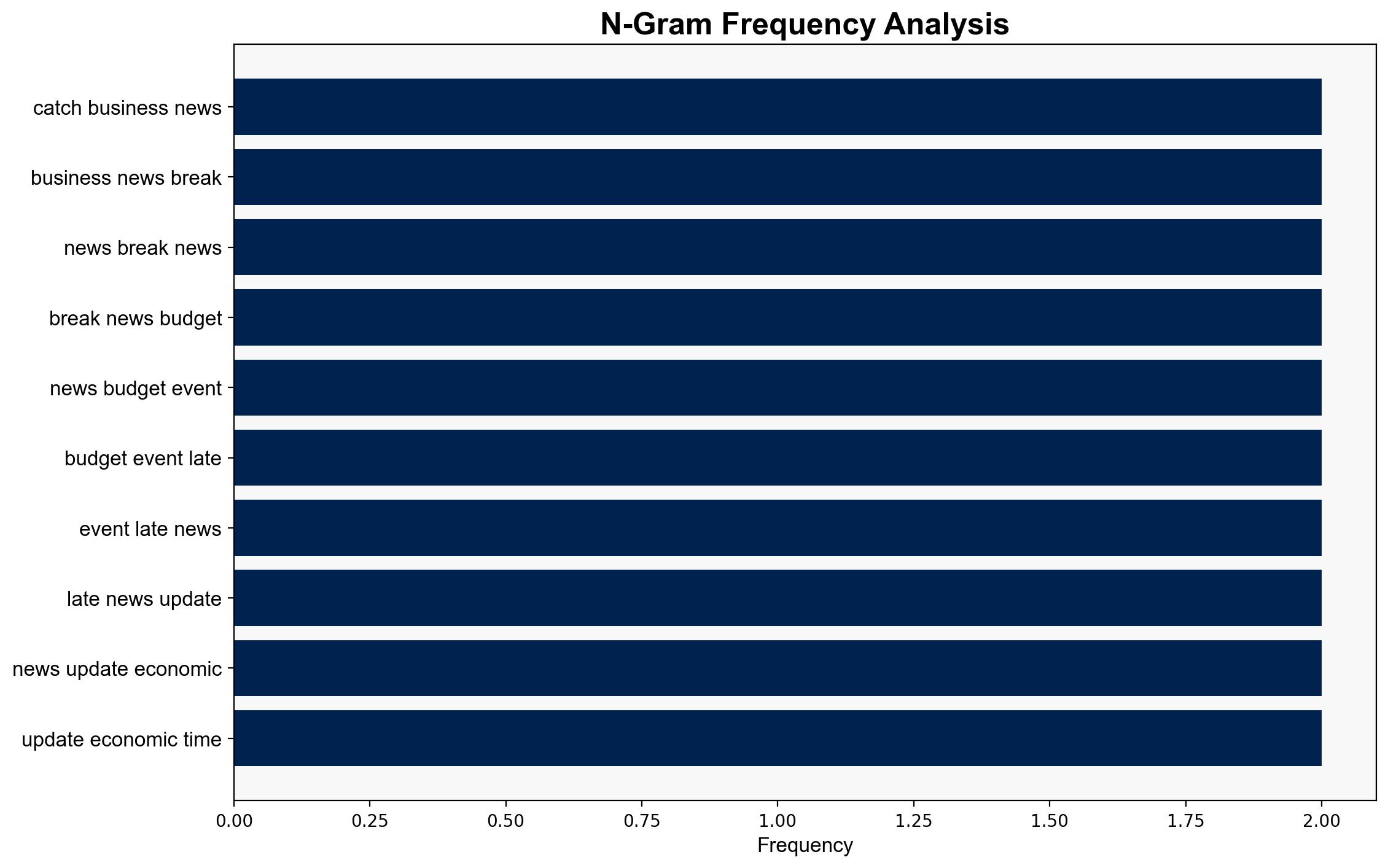How a psychiatrist became mobile supplier for Lashkar terrorists in Bengaluru jail Inside Rs 1 crore racket busted by NIA – The Times of India
Published on: 2025-07-10
Intelligence Report: How a Psychiatrist Became Mobile Supplier for Lashkar Terrorists in Bengaluru Jail – Inside Rs 1 Crore Racket Busted by NIA
1. BLUF (Bottom Line Up Front)
A psychiatrist, Dr. Nagaraj, was found supplying mobile phones to Lashkar-e-Taiba terrorists within a Bengaluru jail, facilitating communication and radicalization efforts. The National Investigation Agency (NIA) uncovered a Rs 1 crore racket involving multiple individuals, including a nurse and a telecom employee. Immediate actions are recommended to enhance prison security and monitor financial transactions linked to terrorism.
2. Detailed Analysis
The following structured analytic techniques have been applied to ensure methodological consistency:
Causal Layered Analysis (CLA)
At the surface level, the event involves the smuggling of mobile phones into a prison. Systemically, it reveals vulnerabilities in prison security and oversight. The worldview suggests a persistent threat from radical ideologies exploiting institutional weaknesses. The mythic layer underscores the narrative of terrorism adapting to exploit systemic gaps.
Cross-Impact Simulation
The incident could influence neighboring states to reassess prison security protocols, potentially leading to increased regional cooperation against terrorism. Economic dependencies may be affected by heightened scrutiny of financial transactions linked to terrorism.
Scenario Generation
In a best-case scenario, enhanced security measures prevent further incidents. A worst-case scenario could see increased radicalization within prisons if systemic vulnerabilities persist. The most likely scenario involves incremental improvements in security with ongoing risks of exploitation.
3. Implications and Strategic Risks
The incident highlights significant vulnerabilities in prison security and financial monitoring systems. Emerging threats include the potential for increased radicalization within prisons and the use of financial networks to support terrorism. Cross-domain risks involve potential cyber threats as terrorists seek alternative communication methods.
4. Recommendations and Outlook
- Implement advanced mobile signal jammers and conduct regular security audits in prisons.
- Enhance financial monitoring systems to trace transactions linked to terrorism.
- Scenario-based projections suggest immediate focus on prison security upgrades (best case), while ongoing vigilance is necessary to prevent systemic exploitation (most likely).
5. Key Individuals and Entities
Dr. Nagaraj, Tadiyandavide Naseer, Pallavi, Pavithra, Satish Gowda, Chand Pasha, Anee Fathima, Junaid Ahmed, Malini Krishnamurthy
6. Thematic Tags
national security threats, cybersecurity, counter-terrorism, regional focus





